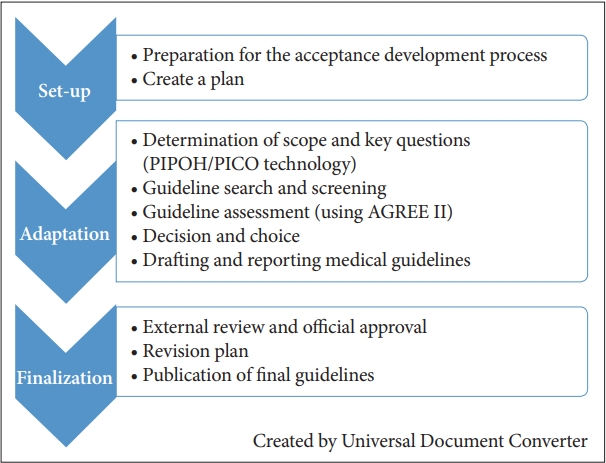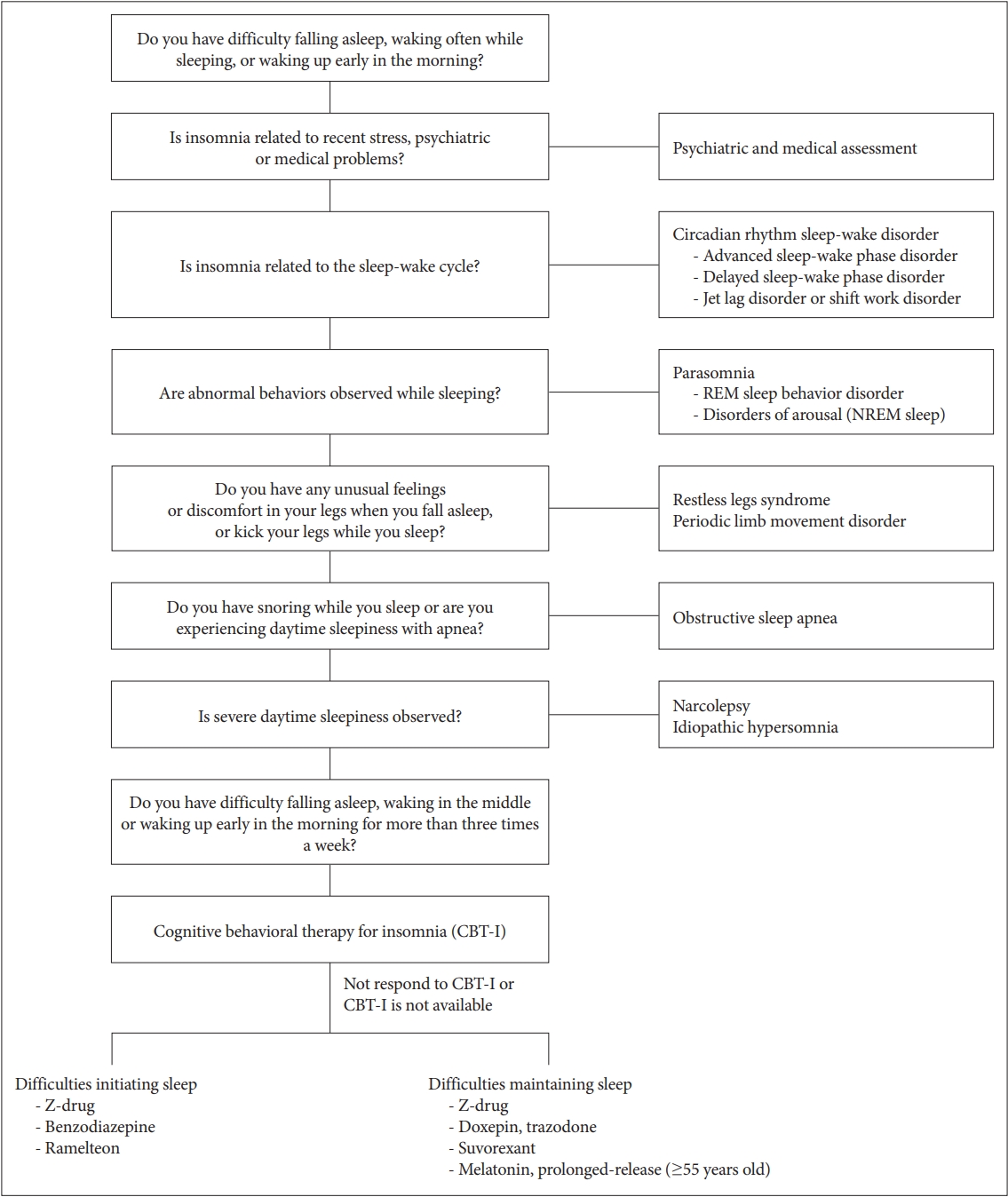 |
 |
- Search
| Psychiatry Investig > Volume 17(11); 2020 > Article |
|
Abstract
Objective
Methods
Results
Supplementary Materials
ACKNOWLEDGEMENTS
The authors have no potential conflicts of interest to disclose.
Author Contributions
Conceptualization: Soyoung Youn, Seockhoon Chung. Data curation: Hayun Choi, Soyoung Youn, Yoo Hyun Um, Tae Won Kim, Gawon Ju, Hyuk Joo Lee, Chungsuk Lee, Sang Don Lee, Kyungyeol Bae, Seong Jae Kim, Ji Hyun Lee, Tae Kim. Formal analysis: Hayun Choi, Soyoung Youn, Seockhoon Chung. Funding acquisition: Seockhoon Chung. Investigation: all authors. Methodology: Seockhoon Chung. Project administration: Soyoung Youn, Seockhoon Chung. Resources: all authors. Software: Seockhoon Chung. Supervision: Seockhoon Chung. Validation: Hayun Choi, Seockhoon Chung. Visualization: Hayun Choi, Seockhoon Chung. Writing—original draft: Hayun Choi. Writing—review & editing: Hayun Choi, Seockhoon Chung.
Figure 1.

Table 1.
Ref [4] with permission from the author. CRP: C-reactive protein, CT: computed tomography, ECG: electrocardiogram, EEG: electroencephalogram, MRT: magnetic resonance tomography
Table 2.
| Insomnia | ||
| Insomnia Severity Index [15] | 7-item rating scales to assess the patient’s perception of insomnia | |
| Pittsburgh Sleep Quality Index [16] | 19-item rating scale of sleep quality (poor sleep: global score >5) | |
| Dysfunctional Beliefs and Attitudes about Sleep scales [17] | 30-item original or 16-item short scale for assessing dysfunctional thoughts about sleep | |
| Daytime sleepiness | ||
| Epworth Sleepiness Scale [18] | 8-item questionnaire to assess subjective sleepiness (0-24; normal <10) | |
| Stanford Sleepiness Scale [19] | 7-point Likert-type scale has descriptors to assess daytime sleepiness | |
| Sleep-disordered breathing | ||
| STOP,20 STOP-Bang [21] | 8-item rating scale to screen patients with obstructive sleep apnea | |
| Berlin Questionnaire [22] | 10-item questionnaire to identify patients with obstructive sleep apnea | |
| Chronotype | ||
| Morningness-Eveningness Questionnaire [23] | 19-item rating scale to measure a person’s circadian rhythm (early birds or night owls) | |
| General assessment | ||
| SLEEP-50 [24] | 50-item rating scale to detect various sleep disorders | |
Table 3.
| Drugs | Most common dosage |
|---|---|
| A. Benzodiazepines | |
| Flurazepam* | 15-30 mg |
| Triazolam* | 0.125-0.25 mg |
| Flunitrazepam* | 1 mg |
| Brotizolam* | 0.25 mg |
| Clonazepam | 0.5 mg |
| B. Non-benzodiazepine | |
| Non-benzodiazepine GABA modulator (z-class) | |
| Zolpidem immediate-release* | 5-10 mg |
| Zolpidem controlled-release* | 6.25-12.5 mg |
| Eszopiclone* | 1-3 mg |
| Antidepressants | |
| Trazodone | 25-50 mg |
| Mirtazapine | 7.5-30 mg |
| Amitriptyline | 10-30 mg |
| Doxepin* | 3-6 mg |
| Antihistamines | |
| Doxylamine* | 25 mg |
| Diphenhydramine* | 25-50 mg |
| Melatonin | |
| Prolonged-release melatonin* | 2 mg |
Table 4.
REFERENCES








